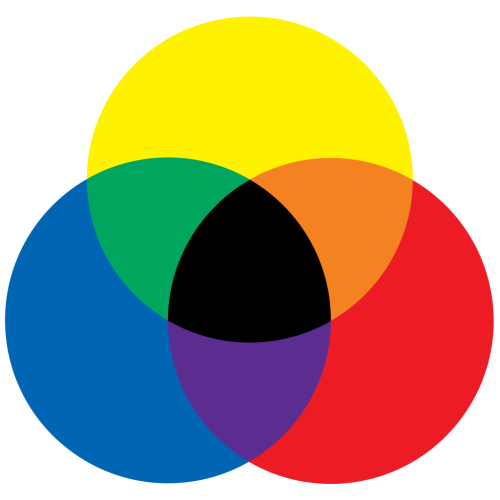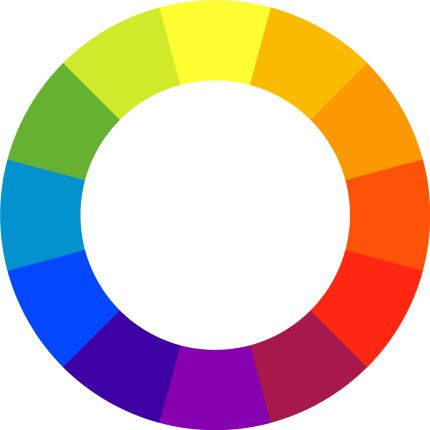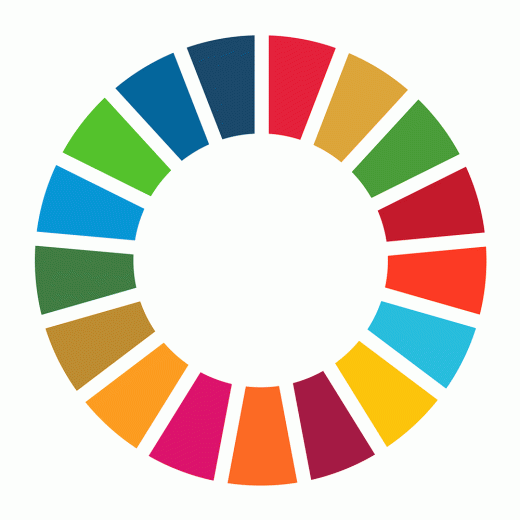The RYB Color Model: A Journey Through Art History
Color has always played a powerful role in how we see and understand the world. Among the many color systems artists use, none is more iconic than the RYB color model—Red, Yellow, and Blue. These three hues form the backbone of traditional painting, education, and visual storytelling. Though science has introduced new color systems, RYB still holds a unique place in the history of art.
Roadmap
Origins of the RYB Color Model
The story of RYB begins centuries ago. Long before digital screens and inkjet printers, painters needed a practical system to mix pigments. The RYB model, also called the artistic color wheel, became that system. It is subtractive, meaning colors are created by mixing pigments that absorb (subtract) light.

RYB Color Model
In this model:
- Red, yellow, and blue are the primary colors.
- Mixing two primaries creates secondary colors—orange, green, and purple.
- Mixing a primary with a neighboring secondary creates tertiary colors, like red-orange or blue-green.
Artists have used this system to create harmony and contrast in their work. The RYB wheel visually represents these relationships, often in a circle that shows how one color flows into another.
Historical Development: From Renaissance to Enlightenment
The idea of organizing color isn’t new. During the Renaissance, thinkers like Leonardo da Vinci explored how colors relate to one another. But it wasn’t until Isaac Newton’s famous prism experiment in the 17th century that the scientific study of light and color truly began. Newton showed how white light splits into a spectrum, which influenced both artists and scientists.
Later, in the 18th century, German writer Johann Wolfgang von Goethe published his Theory of Colours (1810), focusing not on physics but on the emotional effects of color. His ideas deeply influenced the artistic use of color, including the RYB model.
Around the same time, Claude Boutet’s 1708 color circles were among the first to show RYB relationships. In his book Traité de la peinture en mignature, Boutet presented a seven- and twelve-color wheel that mirrored what is now standard in art education.
Source: The Creation of Color in Eighteenth-Century Europe – gutenberg-e.org/lowengard

Boutet’s 7-color and 12-color color circles from 1708
The Influence of De Stijl
In the early 20th century, the RYB model inspired a movement that reshaped modern art and design: De Stijl.
In 1917, Dutch artist Theo van Doesburg founded a magazine called De Stijl (The Style). It became the voice of a new artistic philosophy. He and fellow artists like Piet Mondriaan, Gerrit Rietveld, and Bart van der Leck believed in reducing art to its purest elements—primary colors and geometric shapes.
Mondriaan, in particular, became the face of this movement. His grids of red, yellow, and blue set against white backgrounds are instantly recognizable. De Stijl wasn’t just about painting; it shaped architecture, furniture, fashion, and even urban design. The movement aimed to transform society through minimalist, universal beauty.
> learn more
Cultural Symbolism of RYB Colors
RYB colors are not just visual—they carry deep emotional and cultural meanings:
- Red: passion, danger, power
- Yellow: optimism, energy, warmth
- Blue: calm, trust, peace
These associations vary across cultures but are used intentionally in art, advertising, and activism to evoke emotion and meaning.
Modern Use and Limitations
Today, digital design uses models like RGB (Red, Green, Blue) and CMYK (Cyan, Magenta, Yellow, Black) because they align better with how screens and printers work. These systems can reproduce more colors than RYB.
Still, RYB remains crucial in art education. It teaches young artists how colors relate physically and emotionally. It also helps them develop a hands-on understanding of harmony, contrast, and composition.

Color wheel
Symbolism and Cultural Impact
The primary colors in the RYB model carry significant cultural and emotional symbolism:
- Red: Associated with passion, danger, and energy.
- Yellow: Symbolizes happiness, warmth, and optimism.
- Blue: Represents calmness, trust, and stability.
These symbolic meanings vary across cultures, but often inform the use of color in branding, art, and media.
RYB Color Model Parallel: The SDG Color Wheel
In global development, another color wheel has gained attention: the SDG (Sustainable Development Goals) color wheel. Adopted by the United Nations in 2015, it uses 17 distinct colors, one for each goal—from no poverty to gender equality and climate action.

SDG color wheel
Like the RYB wheel, the SDG wheel uses color to organize complex ideas. It shows how each goal connects with others and promotes a visual language for global change. Its circular format highlights unity and interdependence—concepts shared with De Stijl’s artistic vision.
› learn more
Looking Forward
The RYB color model may be centuries old, but it continues to shape how we see and create. From da Vinci’s notebooks to Mondriaan’s canvases, from classroom color wheels to digital design debates, RYB has proven its resilience.
As artists and educators seek new ways to combine tradition and innovation, RYB remains a bridge between past and present. It reminds us that even the simplest tools—three primary colors—can unlock infinite creativity.
Color is more than pigment. It’s language, emotion, and culture. The RYB color model tells that story, one bold hue at a time.

